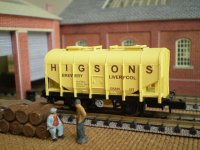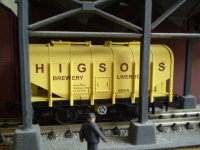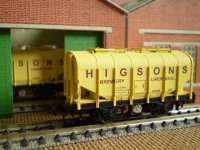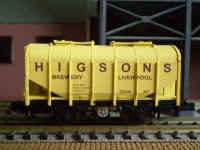The mighty port of Liverpool holds a special place in railway history, for back in 1829 this was the place
where modern railways began. Stephenson's futuristic steam locomotive Rocket won the Rainhill Trials to
become the motive power of choice for the Liverpool & Manchester Railway, the first inter-city line
in the world, and a year or so later the service was under way. This new-fangled mechanical transport,
hurtling along the iron road at nearly 30mph, was a runaway success from the start, and over the next
few decades the rail network would grow to link every town & city in the country. By the time the
railways' centenary came around in the 1920s, the L&MR had long been absorbed into the London
& North Western Railway, which itself became part of the newly-created London Midland & Scottish
Railway in the so-called Grouping of 1923. This vast organisation was supposedly the largest commercial
undertaking in the British Empire, and its management were always keen to explore new & better
ways of making a profit for their shareholders. Building efficient modern wagons to handle special traffic
was a part of this approach, and in the mid-1920s the fledging company constructed a fleet of steel-bodied
hopper wagons to carry grain traffic from the agricultural centres where it was produced to the breweries &
distilleries which consumed it in industrial quantities. One such potential customer was Higson's Brewery,
a long-established firm with premises in the heart of Liverpool. Their Stanhope Street brewery was
tantalisingly close to the rail network of the docks, and the thriving company toyed with the notion of having
a rail link constructed to the site. Sadly the costs were deemed to outweigh the benefits, and the link
never came to pass. But if the railwaymen had triumphed over the accountants for once, then the tons of
grain used to brew Higsons Bitter could have arrived directly at Stanhope Street by rail, in leased hopper
wagons painted up with the Higsons name. The wagons which the LMS built in the 1920s were still running
under British Rail in the 1970s, so our wagon would suit any era from Big Four steam through to BR blue diesel,
and of course the heritage railways of the present day.
Indulge a flight of fancy on your layout with our Higsons bulk grain wagon.
|




